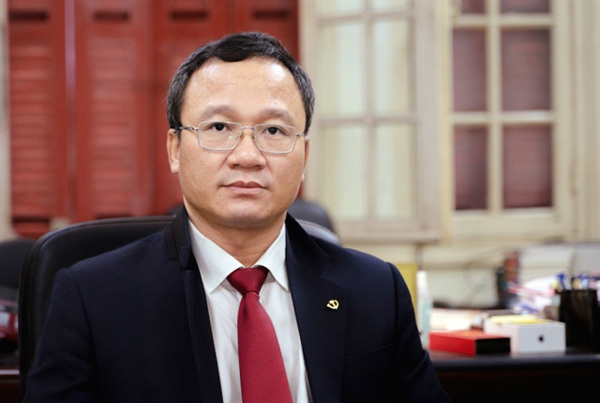 |
| Vice-chairman of the National Committee on Traffic Safety Khuat Viet Hung. Photo atgt.vn |
Prime Minister Nguyen Xuan Phuc has approved a National Strategy for Road Safety over the next ten years. Do you think it is ambitious to reduce the number of fatalities to zero by 2045?
Reducing the number of fatalities to zero is the desire of everyone and every country in the world. If all of us including road/bridge builders, police officers, drivers and walkers share that desire, road accidents will surely reduce.
If vehicle designers, road designers or those who develop or supply rescue equipment share that desire, they can help to minimise damage to human health in case a road accident happen.
Rescuers and health workers are also expected to work at their best to save victims.
Comprehensive and inclusive measures are included in the strategy, involving five main pillars to ensure road safety, namely state management, infrastructure, vehicles, traffic participants and post-accident response.
There is an opinion that in Vietnam’s transport conditions, the target of zero deaths on the roads is impractical. What do you think about the opinion?
If people did not strive to achieve the best results, we would lose motivation to look for innovations in sports, medical, technology or studying to improve our lives.
Like the issues of poverty reduction, anti-corruption or crime-fighting, we want to solve road safety issues completely and we are making efforts to realise those targets.
Ambition helps motivate our thinking, actions to realise our goals. We should not say that we don’t have enough favourable conditions to do something.
How can improving infrastructure, vehicles, rescuing system and people’s awareness reduce traffic accidents?
With an ambitious target on zero fatalities, we expect to speed up efficient law enforcement, and make improvements in infrastructure and vehicle design so that people can be better protected if accidents occur.
It is also necessary to improve communication and change behaviour among drivers so that more and more people have proper understanding and skills when travelling on roads.
In case an accident happens, a better traffic rescuing system would help rescuers quickly access the accident sites to prevent traffic congestion and that would give health workers more time to deliver medical treatment.
We still have time to make changes to the legal framework, transport infrastructure, technology and public awareness.
Ensuring road safety is a fight to protect and save people. It requires joint efforts in improving transport infrastructure, traffic management, vehicle management and healthcare.
|
Under the newly-approved National Strategy for Road Safety during the period 2021-2030 with a vision toward 2045, the numbers of death and injuries relating to road accidents are targeted to decrease 5-10 per cent each year. From 2021 to 2030, Vietnam aims to clear all road traffic accident hotspots and accident-prone sites. All new roads and those under maintenance will meet road safety criteria before opening for traffic. All new national highways and provincial highways and 75 per cent of the total length of existing highways across the country meet at least Level 3 of global road safety standards. From 2031 to 2045, the numbers of road accidents, deaths and injuries relating to the road accidents would gradually reduce, toward a “Vision Zero” in which no one will lose their lives on the roads. VNS/Giao Thong
|

Effective measures needed to ensure traffic safety and order
Deputy Minister of Transport Le Dinh Tho talks about measures to ensure traffic safety and order.

Slow Zones, Safe Zones programme reduces road accident injuries
The second phase of the Slow Zones, Safe Zones speed reduction programme will be carried out in the Central Highlands province of Gia Lai between July and March 2022, following the first phase that began in April 2018 and ended in June this year.